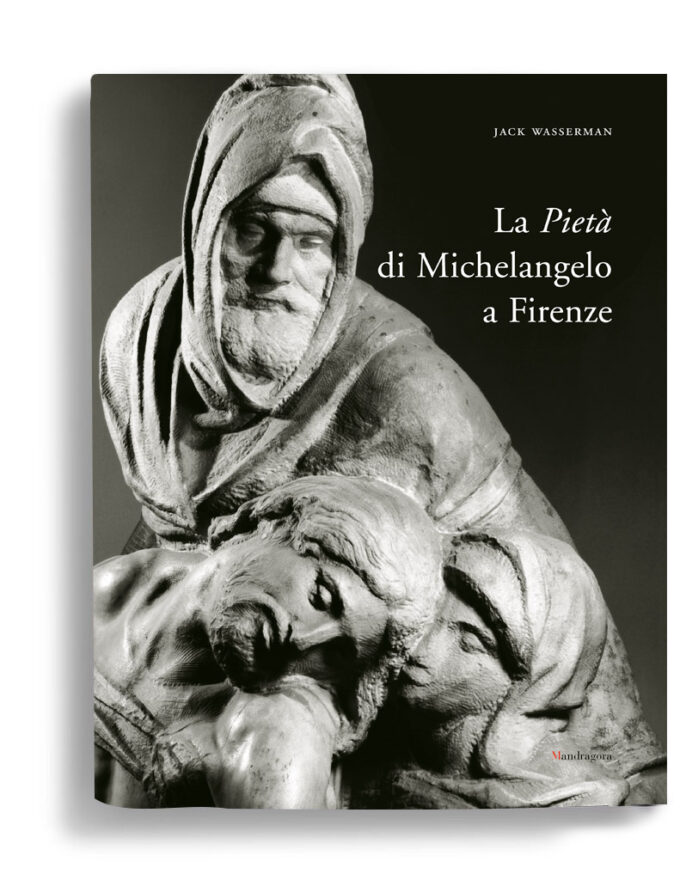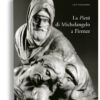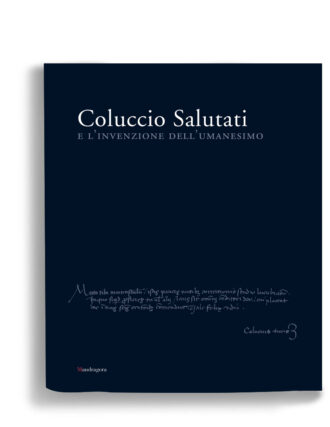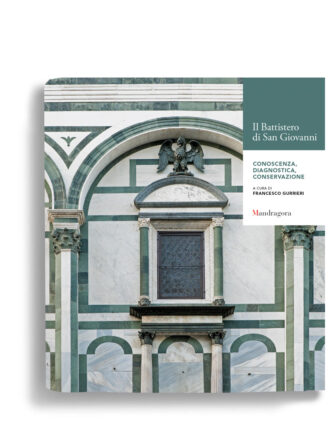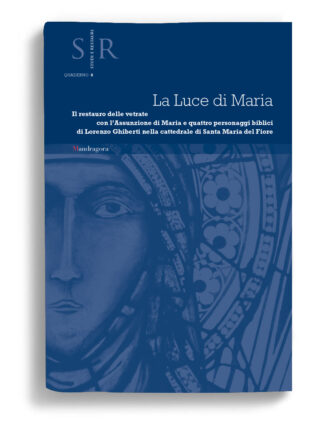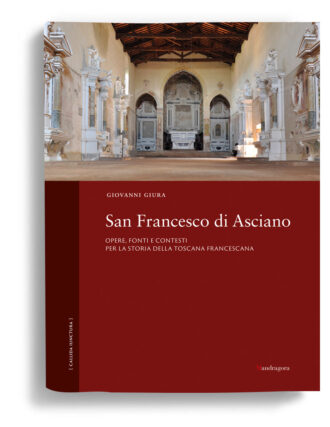| Weight | 2 kg |
|---|---|
| Dimensions | 24 × 30,5 cm |
| Pages | 260 |
| Binding | Hardback with jacket |
| Illustrations | 64 in duotone and 60 b/w |
| Language | Italian |
| ISBN | 88-7461-026-2 |
La Pietà di Michelangelo a Firenze
Studies and Classicalby J. Wasserman
with essays by F. Trinchieri Camiz, T. Verdon, P. Rockwell
technical studies: ENEA, Opificio delle Pietre Dure, IBM
photograhs by Aurelio Amendola
revised edition of Michelangelo’s Florence Pietà (Princeton University Press, 2003)
According to Vasari’s account, the elderly Michelangelo sculpted the Florence Pietà for his own tomb and carved Nicodemus, the figure rising in the middle of the group to sustain Christ’s body, as a self-portrait. After years of sporadic and tormented work, however, he mutilated the work in a fit of rage and then gave it to a servant, who in turn sold it to the Florentine banker Francesco Bandini. Restored by Tiberio Calcagni, the sculpture was set in the garden of the Bandini villa on the Quirinal Hill in Rome. Over a century later Cosimo III de’ Medici had it brought to Florence, where it was placed first in San Lorenzo, then in the cathedral and, finally, in the Museo dell’Opera di Santa Maria del Fiore.
Published in the United States by Princeton University Press (Michelangelo’s Florence Pietà, Princeton, N.J., 2003) and revised for this edition, Jack Wasserman’s study starts with a critical analysis of Vasari’s words and the unanswered questions they raise, going on to examine the story of one of Michelangelo’s most intense and widely debated masterpieces. Through an unprecedented combination of technical, historical and archival analysis, Wasserman arrives at an original interpretation of the work—from its genesis to its destruction—and its fame throughout the ages.
This interdisciplinary work draws on a number of contributions: an essay by art historian Franca Trinchieri Camiz reconstructs the sculpture’s Roman period; its religious meaning is examined in an iconographic study by Timothy Verdon, an art historian and canon of the Florence cathedral; sculptor Peter Rockwell offers a fascinating reconstruction of the techniques and instruments used by the artist; Pietro Moioli for ENEA and the researchers from the Opificio delle Pietre Dure in Florence illustrate the results of the scientific studies done on the Pietà; IBM, inWne, describes the development of the virtual model of the sculpture, thus serving as an instrument that can profoundly update studies in art history.
Digital version available on ![]()
Eur 65,00


